We may earn money or products from the companies mentioned in this post. This means if you click on the link and purchase the item, I will receive a small commission at no extra cost to you ... you're just helping re-supply our family's travel fund.

Looking for places where day-to-day life genuinely feels safer in 2025? This gallery blends statewide safety leaders (WalletHub), top residential “Safest Places to Live” picks (U.S. News), and big-city standouts (SmartAsset) measured on crime, traffic, and public-health factors. You will see how statewide conditions support local outcomes, why certain suburbs top 2025 lists, and which major cities earned balanced composite scores across key risks.
Vermont
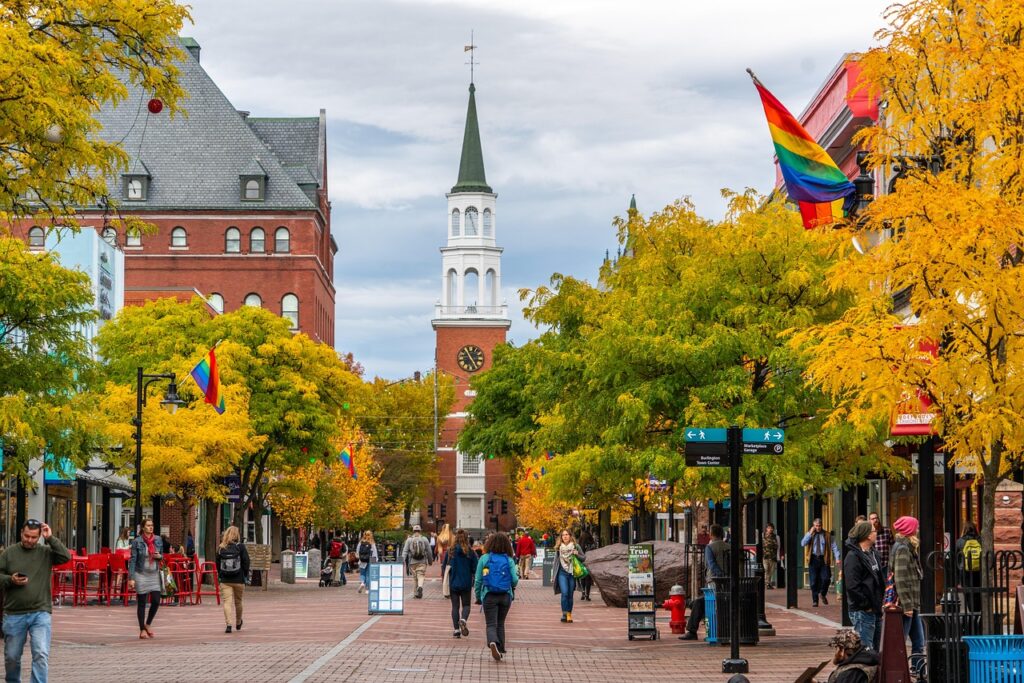
Method: State safety (WalletHub). Vermont leads 2025 statewide safety with very low violent crime, strong neighborhood-watch participation, high parental reports of safe neighborhoods, and steady financial safety markers like low unemployment and fewer identity-theft complaints. These conditions underpin safer daily life across the Green Mountain State, reflecting stronger composite safety relative to peers this year.
Massachusetts

Method: State safety (WalletHub). Massachusetts is a New England safety anchor in 2025, combining low murders and thefts per capita with fewer mass shootings and strong public services. System-level strengths carry into Boston-area suburbs that routinely post minimal daily risk, making safe commutes, schools, and amenities a reliable part of life across the region in current rankings.
New Hampshire
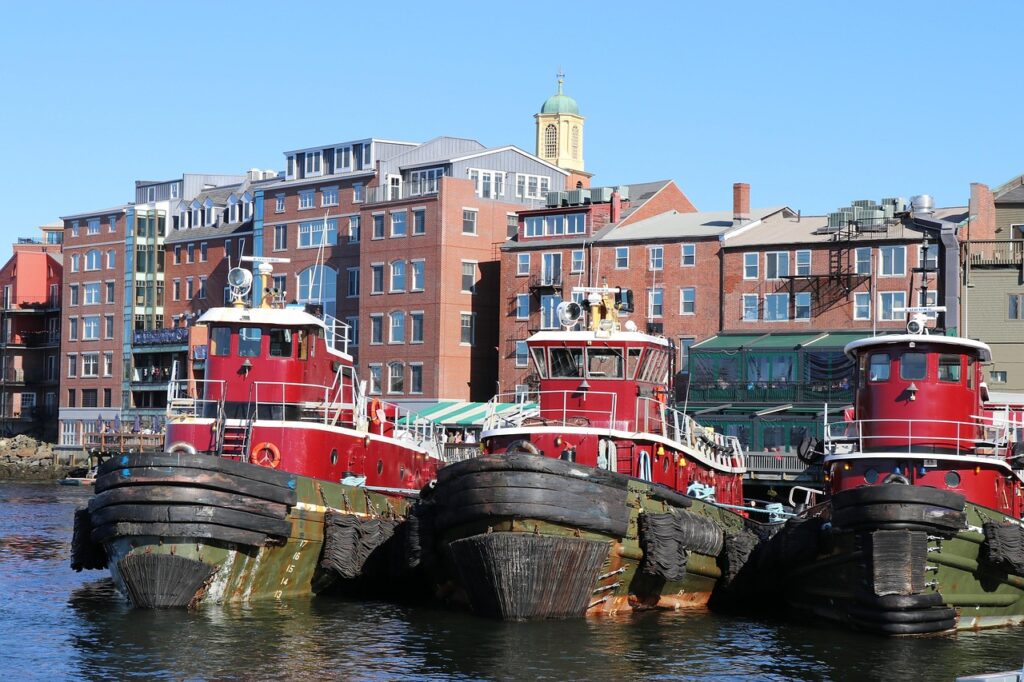
Method: State safety (WalletHub). New Hampshire’s 2025 profile features very low murders, aggravated assaults, and thefts per capita, alongside robust community safety indicators. The result is a durable safety halo across towns and small metros, keeping risk low while preserving the state’s outdoorsy lifestyle and close-knit civic culture, as reflected in this year’s composite.
Johns Creek, Georgia

Method: Safest Places to Live subranking (U.S. News). Johns Creek is the No. 1 “Safest Place to Live” for 2025–2026 within the Best Places framework, propelled by exceptionally low violent and property crime and top-tier livability. In a dataset spanning 850+ places, this Atlanta-area suburb pairs measurable safety with day-to-day quality-of-life benefits recognized in 2025 results.
Centreville, Virginia

Method: Safest Places to Live subranking (U.S. News). Centreville ranks near the very top in 2025–2026, reflecting low crime and family-ready services in Northern Virginia’s outer ring. A calm suburban fabric, strong incomes, and proximity to D.C. combine into an easy daily rhythm where access to jobs and amenities comes with low risk in the latest list.
Newton, Massachusetts
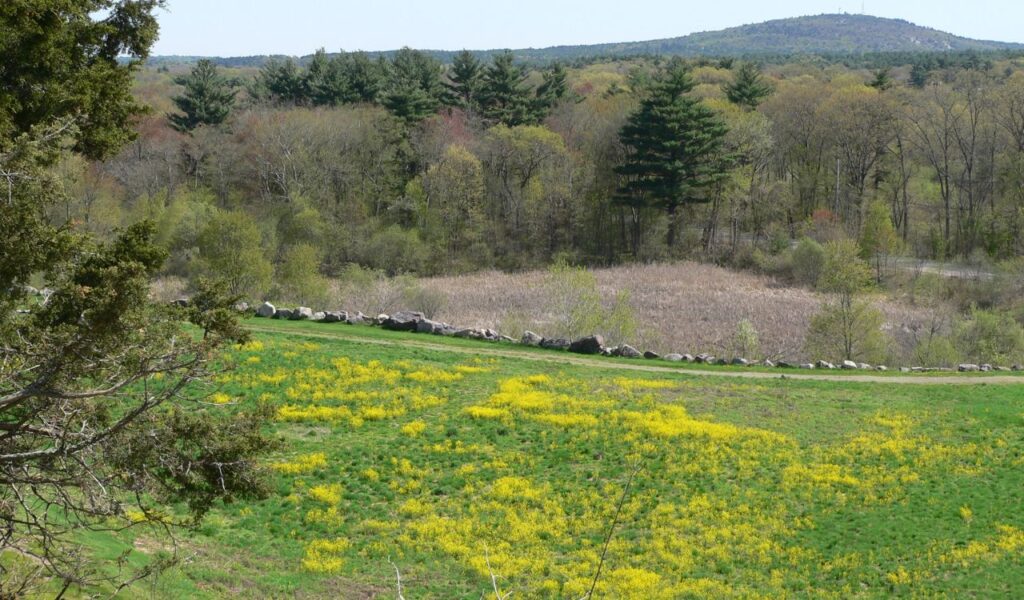
Method: Safest Places to Live subranking (U.S. News). Newton’s top-three standing in 2025–2026 reflects extremely low crime with high-performing schools and amenities, further supported by Massachusetts’ broader safety posture. Minutes from Boston, it offers a blend of neighborhood quiet, cultural access, and data-backed peace of mind highlighted in this year’s rankings.
San Jose, California

Method: Large-city composite (SmartAsset). San Jose is 2025’s safest large city, ranking top 10 in violent crime, property crime, vehicular deaths, overdose deaths, and excessive drinking. It posts the third-fewest violent crimes and fifth-fewest property crimes among big cities, a balanced safety profile that sets a current benchmark for urban risk reduction.
Fort Worth, Texas
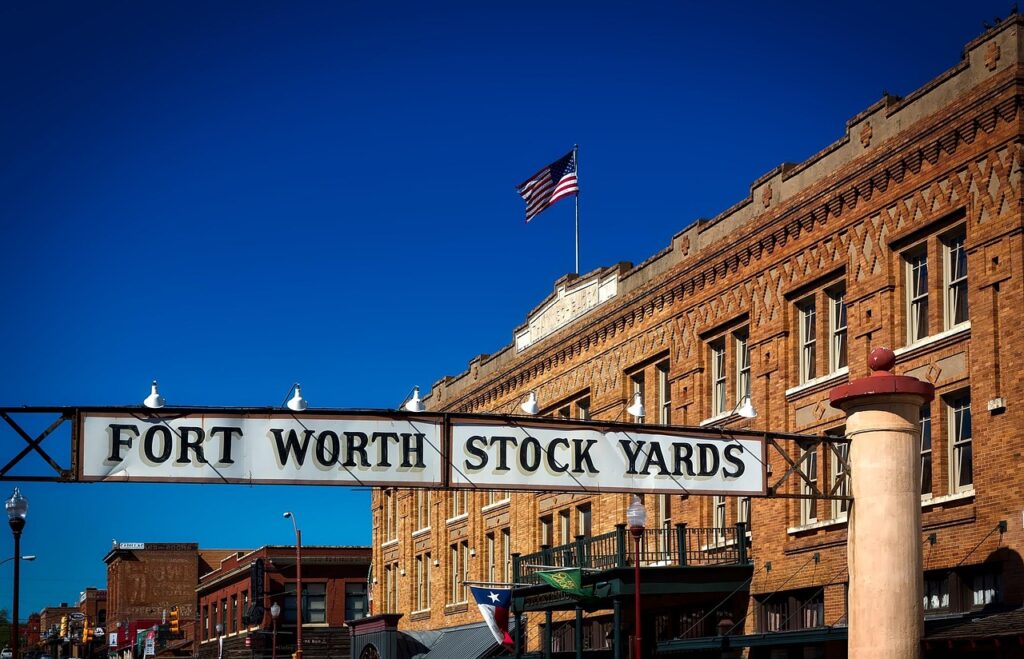
Method: Large-city composite (SmartAsset). Fort Worth’s 2025 composite shows balanced violent and property crime with relatively favorable overdose and traffic-death rates for a major metro. That combination signals urban safety momentum while retaining affordability, an appealing mix for fast-growing neighborhoods highlighted in this year’s analysis.
Omaha, Nebraska
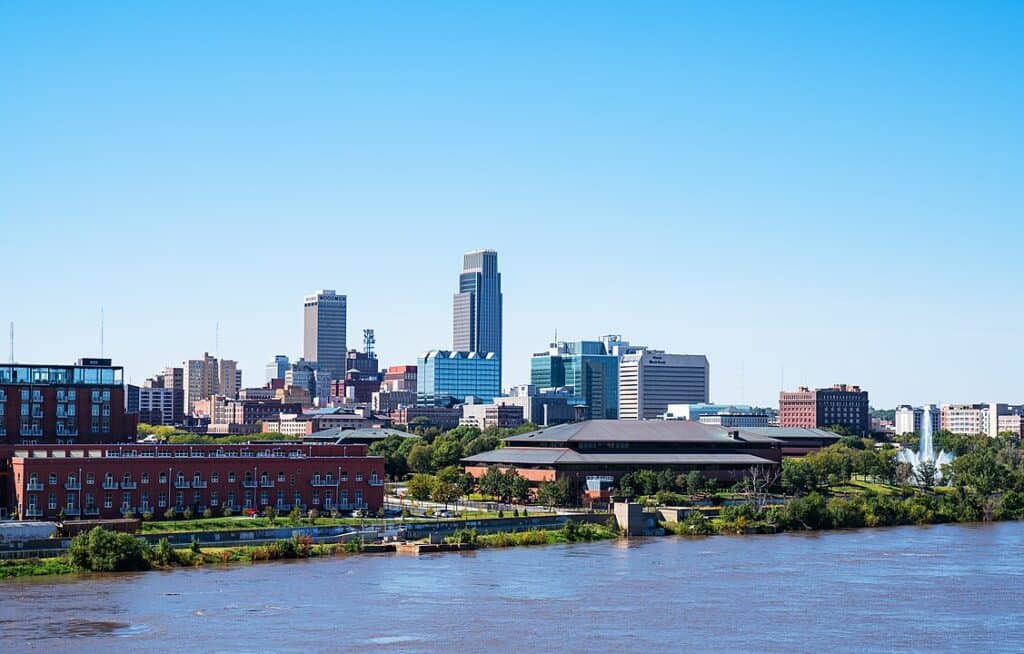
Method: Large-city composite (SmartAsset). Omaha stands out in 2025 for very low violent crime per capita, moderate property crime, and manageable vehicular mortality, producing a strong composite score. Pragmatic services and steady growth translate into a calm, family-friendly daily rhythm where safety feels routine in current metrics.
Virginia Beach, Virginia
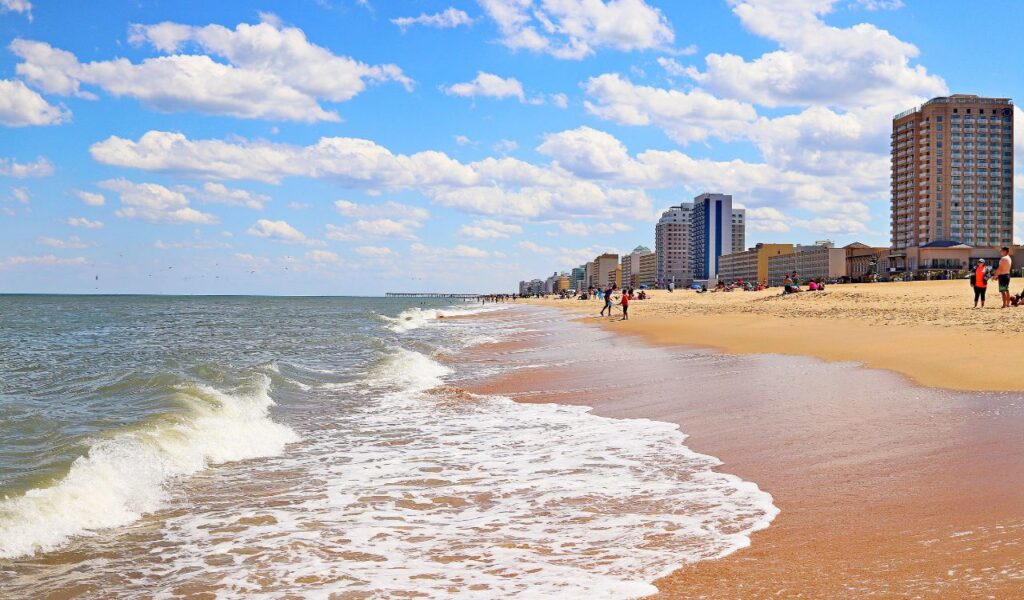
Method: Large-city composite (SmartAsset). Virginia Beach pairs favorable violent and property crime rates with notably low traffic fatalities, building one of 2025’s most dependable big-city safety profiles. Disciplined transportation safety and steady community policing help keep risks in check while preserving its signature coastal lifestyle.
El Paso, Texas
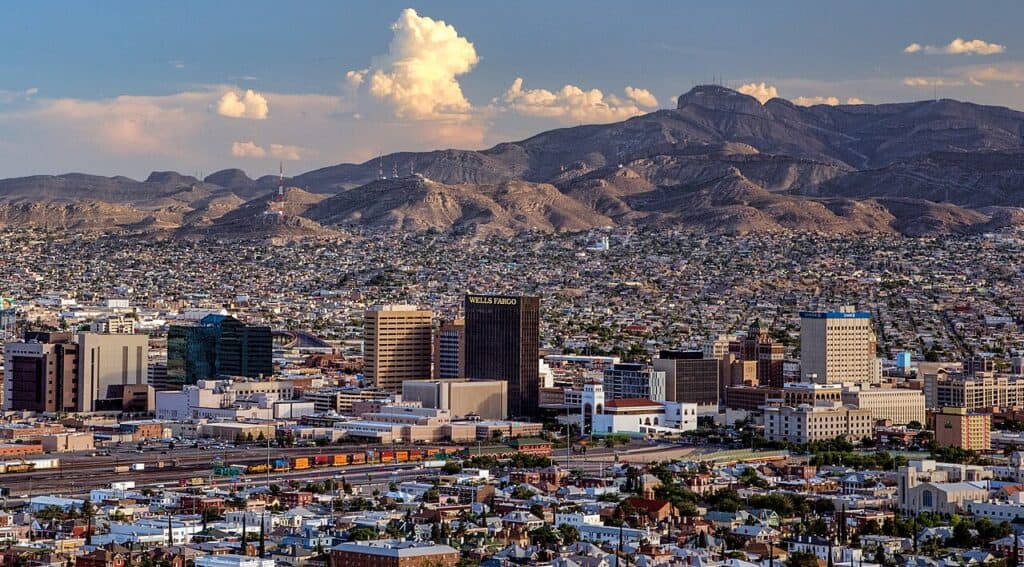
Method: Large-city composite (SmartAsset). El Paso’s top-10 placement among large cities in 2025 is driven by lower overdose mortality and restrained crime relative to peers. The result is a resilient, affordable safety profile in a stable border city that delivers day-to-day security alongside distinctive culture and cost-of-living advantages.